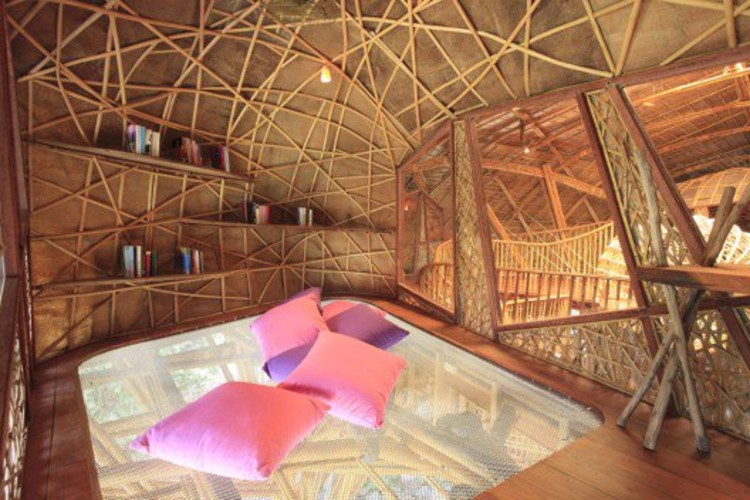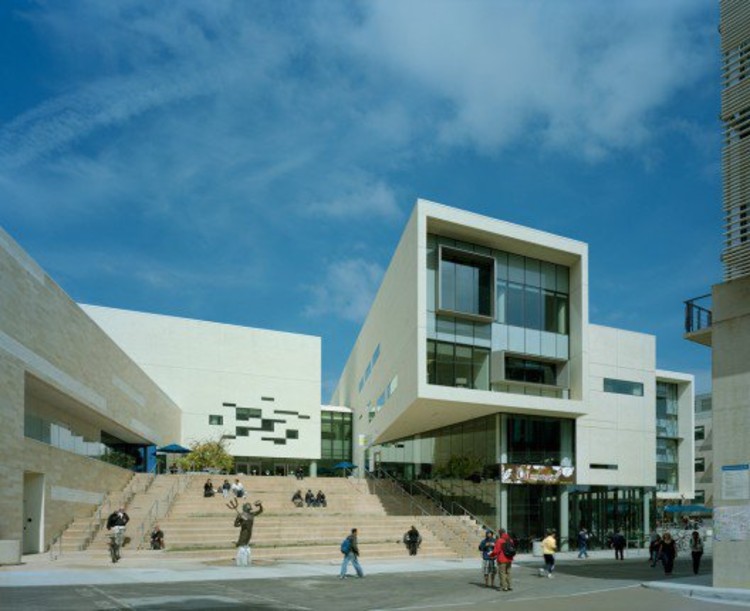
It’s June 1966. Mies’ iconic Seagram Building dominates New York City. Bob Dylan has just released Blonde on Blonde. The Vietnam War is escalating. John Lennon has yet to meet Yoko Ono. Martin Luther King, Jr. has yet to be assassinated. And Don Draper is readjusting to married life – with his 25 year-old secretary.
The excitement over Mad Men, while always eager, was positively explosive last Sunday. The season 5 premiere resulted in the show’s highest ratings to date (3.5 million viewers, up 21% from last year). While the show has always received critical acclaim, now, for whatever reason, it has reached a fever-pitch of popularity.
On a purely aesthetic level, it’s easy to explain. The show draws in audiences with a meticulous, sumptuous set design that allows a nostalgic journey back in time: when design was innovative & clean, architecture was confident (cocky even), and modernism still held its promise.
But on another level, the show is successful because of its inevitability. The very knowledge of the ephemerality of that confidence, a theme particularly relevant to audiences in the wake of the Recession, is what strikes a chord, what makes the show positively hypnotizing.
Watching Mad Men is like watching a Modernist car crash. A beautiful demise.
More on the Modernist Landscape of Mad Men and why the show has struck a chord with audiences today after the break.








